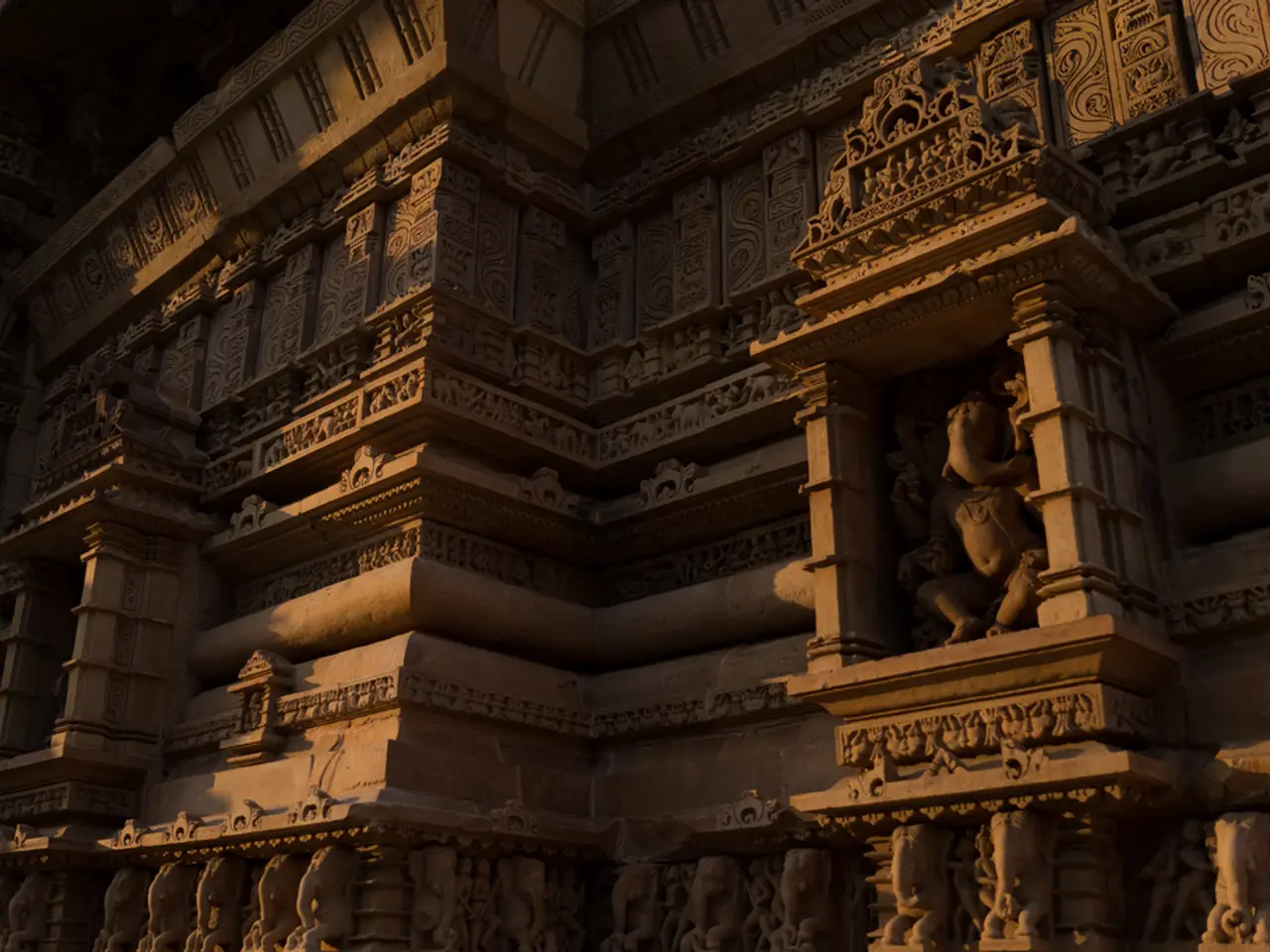Enduring Wonders: Delving into Prominent Renaissance Architecture
The Renaissance era, marked by a revival of classical learning and art, also saw a significant transformation in architecture. This period, which spanned the 14th to the 17th centuries, saw architectural principles rooted in classical antiquity, particularly the architectural styles of ancient Greece and Rome, take centre stage.
Renaissance architecture, characterised by harmony, proportion, and classical elements, spread far beyond Italy, leaving an indelible mark on various parts of Europe and even the New World. Notable examples of this architectural revolution can be found in the Royal Summer Palace in Prague, Czech Republic; Hardwick Hall, England; the Cloister of the Convent of Christ, Tomar, Portugal; the Palace of Facets, Moscow Kremlin, Russia; El Escorial, Madrid, Spain; and the Basilica of San Francisco in Quito, Ecuador.
In Prague, the Royal Summer Palace, considered the purest example of Renaissance architecture outside Italy, showcases symmetry and classical design elements. Hardwick Hall, built between 1590 and 1597, is a prime example of English Renaissance architecture, known for its large windows and balanced proportions. The Cloister of the Convent of Christ in Tomar, Portugal, reflects Renaissance ideals blended with local styles, while the Palace of Facets in Moscow Kremlin showcases Renaissance influence beyond Western Europe. El Escorial, a massive complex serving as a monastery and royal palace, features Renaissance symmetry, order, and austerity. The Basilica of San Francisco in Quito, Ecuador, is an important example of Renaissance architecture in the Americas.
In Italy, the Duomo of Florence, also known as the Cathedral of Santa Maria del Fiore, is one of the most iconic buildings in the city. The Basilica di San Giorgio Maggiore, designed by Andrea Palladio, is known for its mastery of proportion and use of classical elements. The Palazzo Medici Riccardi, designed by Michelozzo di Bartolomeo, was one of the first Renaissance palaces in Florence.
The Rialto Bridge, designed by Antonio da Ponte, is known for its unique blend of function and aesthetics, while the Doge's Palace in Venice, designed by a team including Giovanni and Bartolomeo Bon, is a masterpiece of Venetian architecture. The Basilica of Santa Maria Novella, designed by Leon Battista Alberti, is known for its harmonious facade and use of classical elements. The Trevi Fountain, designed by Nicola Salvi, is known for its playful blend of sculpture and architecture.
Architects during the Renaissance aimed to create a seamless integration of various architectural elements. This can be seen in the Hampton Court Palace in England, designed by a team including Christopher Wren, which is known for its fusion of Tudor and Renaissance styles. The Colosseum, originally built in the 1st century AD, was repurposed during the Renaissance as a symbol of the city's grandeur and power.
The Château de Chambord in France, designed by Domenico da Cortona, is known for its grand scale and intricate design, incorporating classical elements and playful sculptures. St. Peter's Basilica, designed by a team of architects including Michelangelo, Bramante, and Bernini, is one of the most iconic buildings in Rome.
The influence of Renaissance architecture can be observed in diverse buildings across the globe, reflecting a harmonious blend of artistic vision and structural prowess. From historic palaces and cathedrals to contemporary skyscrapers, the legacy of Renaissance architecture continues to shape the visual language of architecture today.
- Today, the lifestyle of many urban dwellers revolves around appreciating architecture, with the Renaissance period often cited as a significant influence in fashion-and-beauty and home-and-garden magazines.
- When traveling, food-and-drink connoisseurs often seek out establishment with classical architectural designs, as these historic buildings provide an ambiance that is reminiscent of the tantalizing tastes of a bygone era.




